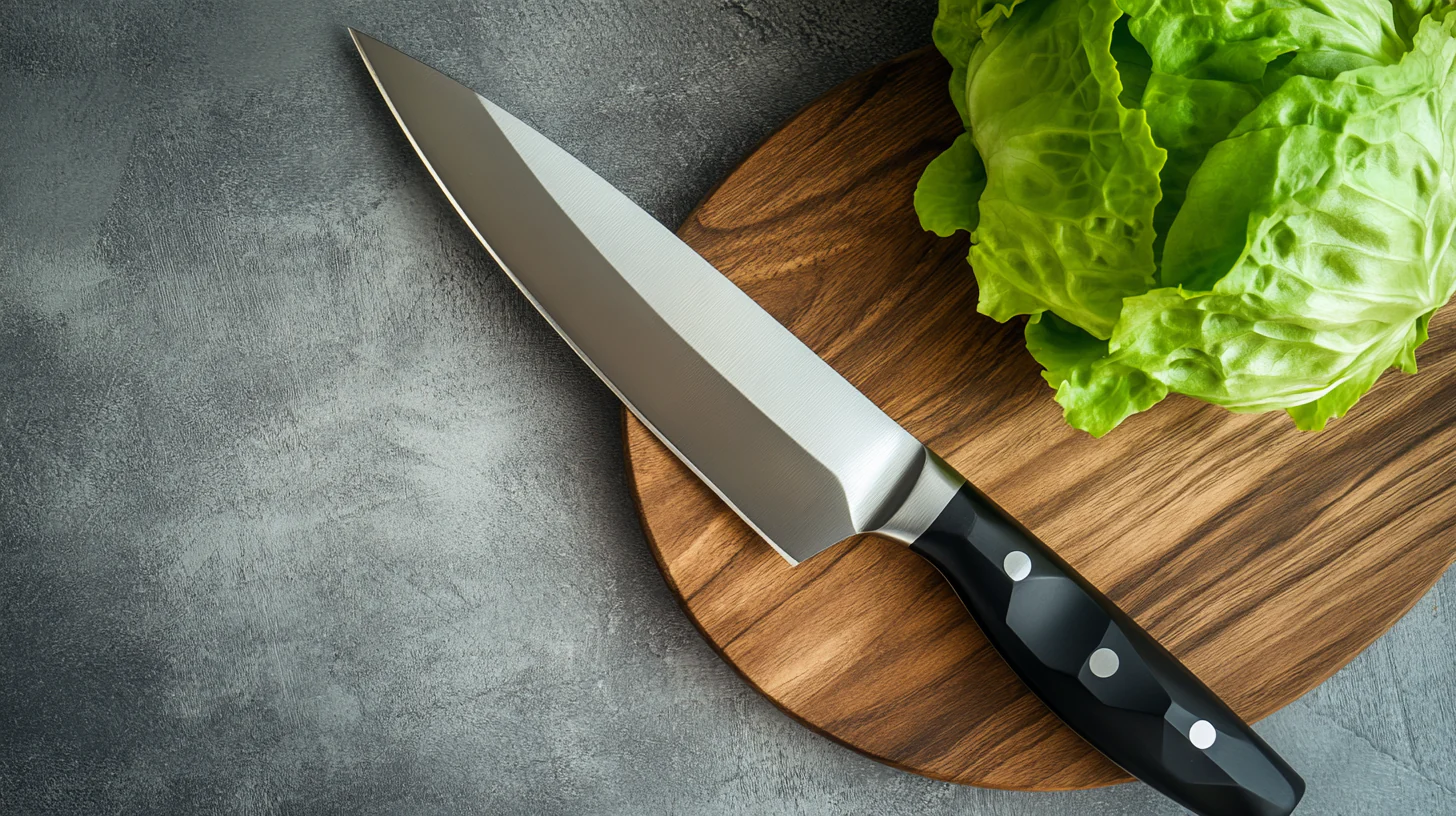How Santoku Blade Flexibility Affects Performance in the Kitchen
Blade flexibility refers to how much a knife bends when pressure is applied. Some knives are rigid, while others offer varying degrees of flex. This characteristic significantly impacts cutting precision, efficiency, and comfort. A flexible blade can bend slightly without breaking, making it ideal for delicate tasks. On the other hand, rigid blade knives for sale provide stability for heavy-duty cutting. Understanding the role of flexibility helps cooks choose the right knife for different tasks. Whether slicing meat, filleting fish, or chopping vegetables, knowing how flexibility affects performance enhances kitchen efficiency. Selecting the appropriate blade ensures smooth cuts and reduces effort. Ultimately, the right flexibility level depends on the type of food being prepared.
Importance of Flexible Blades for Delicate Cuts
Flexible blades excel in making delicate cuts, especially when working with fish, poultry, or thin meat slices. These knives bend slightly, following the contours of the food, ensuring clean and precise cuts. For instance, fillet knives use their flexibility to remove fish skin smoothly without damaging the flesh. Similarly, santoku blade with some flex help maneuver around bones effortlessly. Using a flexible blade reduces food waste and enhances presentation. A rigid knife may tear soft ingredients, making flexible blades a preferred choice for chefs handling delicate food items. By adapting to the texture of ingredients, flexible knives ensure efficiency and professional-quality results in the kitchen.
When to Use Rigid Blades Over Flexible Ones
While flexible blades have their advantages, rigid blades are essential for heavy-duty cutting. When slicing through thick meats, cutting dense vegetables, or chopping bones, a rigid blade provides the necessary strength. A chef’s knife, cleaver, or butcher’s knife typically has little to no flexibility, ensuring stability and control. Using a flexible knife for such tasks may result in imprecise cuts and even potential accidents. Rigid blades maintain their shape under pressure, making them ideal for tasks requiring force. Knowing when to use a rigid blade versus a flexible one helps cooks work efficiently and safely. Each type has its purpose, ensuring the best performance in various kitchen scenarios.
How Blade Flexibility Affects Cutting Speed
The level of flexibility in a blade influences cutting speed. A flexible knife adapts to the contours of ingredients, allowing for swift and effortless slicing. For example, when filleting fish, a flexible blade glides through the flesh with minimal resistance, making the process quicker. In contrast, rigid blades require more control and force, which can slow down certain tasks. However, for tough foods like root vegetables, a rigid blade works faster as it provides direct force without bending. Choosing the right blade for the task enhances efficiency. Professional chefs understand how blade flexibility impacts speed and select knives accordingly for different kitchen needs.
Role of Blade Material in Flexibility
The material used in a knife blade significantly affects its flexibility. Stainless steel, carbon steel, and high-carbon stainless steel each offer varying levels of flex. Softer metals tend to bend more, while harder metals retain their rigidity. Some knives undergo specific heat treatments to balance flexibility and durability. For instance, fillet knives are often made from softer steel, enhancing their ability to bend without breaking. Meanwhile, cleavers and chef’s knives use harder steel for stability. Understanding blade material helps in selecting knives that meet kitchen demands. Investing in quality materials ensures longevity and performance, making kitchen tasks smoother and more efficient.
Impact of Flexibility on Knife Control and Safety
Knife flexibility directly influences control and safety in the kitchen. A highly flexible blade moves with the ingredient, reducing the risk of resistance-related slips. This is especially important when filleting fish or slicing delicate cuts. However, excessive flexibility in tasks requiring force may lead to loss of control, increasing the risk of injury. Rigid knives provide a firm grip and stability, ensuring safer handling for tougher cuts. Choosing the right flexibility level enhances precision while reducing accidents. Understanding how flexibility affects handling helps cooks work confidently and efficiently. Proper knife control leads to better results and ensures safety during food preparation.
How to Maintain and Care for Flexible Blades
Proper maintenance extends the lifespan of flexible blades and ensures consistent performance. Unlike rigid knives, flexible blades require extra care to prevent bending or damage. Storing them in a knife block or sheath protects their delicate structure. Regular honing keeps the edge sharp, ensuring smooth cuts. Hand washing instead of dishwashing prevents corrosion and maintains flexibility. Avoiding excessive force when cutting helps preserve the blade’s integrity. Additionally, using the right cutting surface, such as wooden or plastic boards, prevents unnecessary wear. Proper care ensures flexible knives remain in top condition, providing precise and efficient performance in the kitchen.
Choosing the Right Flexibility for Different Cooking Styles
Different cooking styles demand varying blade flexibility. For example, sushi chefs require extremely flexible knives for delicate fish cuts, ensuring precision. Barbecue chefs, on the other hand, use rigid blades for slicing through thick meats. Home cooks may prefer a mix of both for versatility. Understanding cooking needs helps in selecting the right knife for the job. Whether preparing intricate dishes or handling heavy-duty cutting, choosing the appropriate flexibility improves efficiency. Professional chefs often invest in multiple knives with varying flexibility to handle diverse tasks. Knowing how blade flexibility complements cooking techniques enhances overall kitchen performance.
Balancing Flexibility and Rigidity in the Kitchen
Blade flexibility plays a crucial role in kitchen performance, affecting cutting precision, speed, and safety. Flexible knives are ideal for delicate cuts, while rigid knives provide strength for tougher tasks. Understanding when to use each type enhances efficiency and ensures better results. Material composition, maintenance, and handling also impact a knife’s longevity and performance. By selecting the right blade flexibility for specific kitchen tasks, cooks can achieve professional-quality cuts with ease. Whether in a professional kitchen or at home, balancing flexibility and rigidity optimizes food preparation. Investing in the right knives enhances cooking experiences and overall efficiency in the kitchen.






